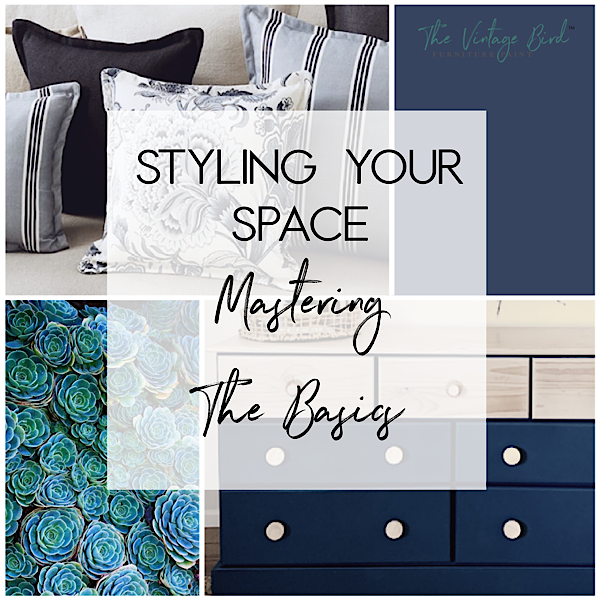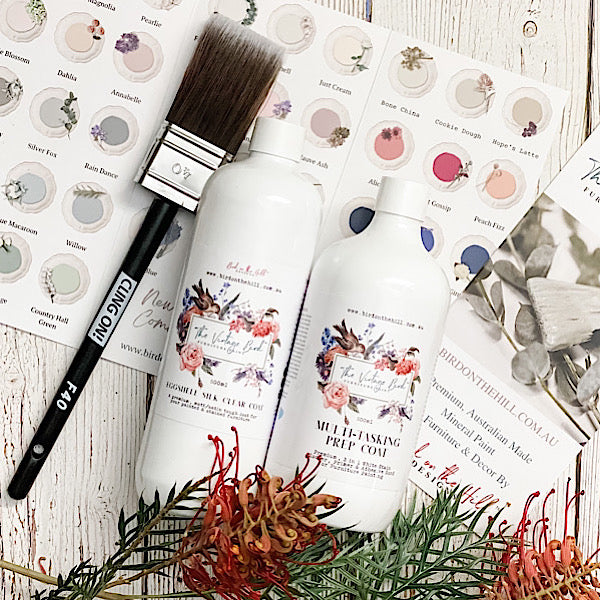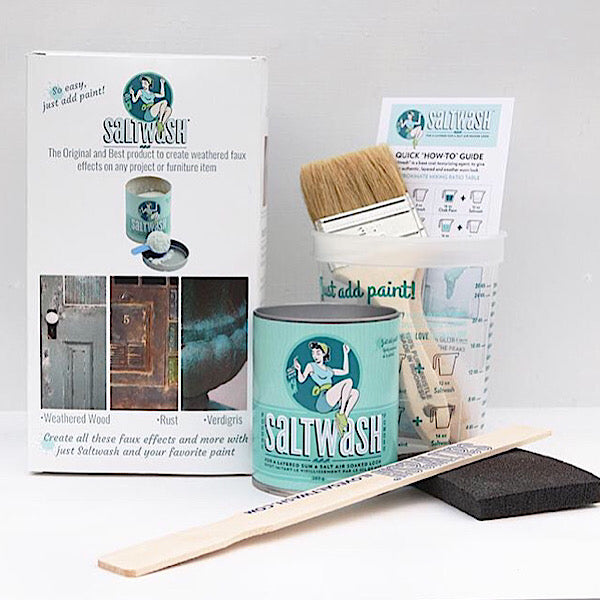
Styling Your Space - Mastering The Basics
Creating a home you love is about finding your own, unique sense of style.
It's about adding in elements of things you love, things that make you "feel".
You may want to create a space and style it in a way to make you feel happy, or inspired, calm, restful, creative, or invigorated for example.
Regardless of what motivates you when you're choosing elements of your style, there are some underpinning principles that will determine if it all “works" or not. Taking these things into consideration will help you develop a space that you love, and love to be in.
This is where the principles of design come into play. There are widely considered to be five:
1. Repetition simply refers to repeated elements. Think of colour, texture, shape, and size to name a few. It's simple and very cost effective to use repetition to your advantage when decorating a space. Inexpensive pieces like scatter cushions can be used to create repetition. They don't have to be the same - just pick an element that you want to repeat, such as the fabric texture, or colour. In our family room, I have three different type of inexpensive cushions (from Ikea), but the repeating element is the colour mustard. On a larger scale, this might be repetition of tiles, window coverings, light fittings, or wallpaper for example.
The use of different elements in terracotta pink in this room provide repetition. The large rug provides scale in proportion to the seating. (Image: Pinterest)

2. Balance in design refers to symmetry - having a focal point in a space, and balance in the elements that extend out from it. Examples of that focal point in home design may be a fireplace, island bench in the kitchen, the bed in a bedroom, a large piece of artwork on a wall. Symmetry doesn't mean you need to have the same two objects placed exactly the same distance from your focal point (though this tried and tested design trick works beautifully in formal/classic style themes). You can change up the items you use to balance out your focal point - just take size and scale into account. For example, the fireplace and mantel that is the focal point of a room could have a small, square trunk with stacked books on top on one side, and a round pot and plant of similar shape/height/width on the other side. It's the scale and size that provide the balance. You could also achieve balance with the repetition of colour as we looked at above.
3. Scale refers to the relationship between two or more objects. Think of things like the bench height in kitchens, the width of a hallway, compared to the wall height, size of a coffee table compared to the sofa, etc... Scale applies to not only the large, "key" elements in a design, but also the smaller stuff, like pot plants, rugs, art work etc...
This kitchen island is a great example of scale in this room, with the symmetrically placed pendant lights anchoring the design and adding a sense of proportion. (Image: Pinterest)

4. Proportion goes hand in hand with scale, but is more about how things look in a space - in comparison to how they look with other things. TV too big for the media cabinet? Rug too small compared to the sofa and coffee table sitting on it? Before choosing the size of your furniture pieces, and other accessories, make sure you take both scale, and proportion into account.
5. Harmony is all about putting people at ease in their environment, and about creating unity - in a space, and also the flow between spaces. Harmony should make a space feel complete. All the parts of the space relate to, and compliment each other. If a space doesn't feel harmonious, it just won't "work" design wise. Bringing harmony to a space doesn't mean you have to stick to just one colour, or style, but you will need to take all the things we just looked at in points 1 to 4 into account to be able to develop a space that feels harmonious.
So the million dollar question is - how do you put all these elements together?
Here's a little exercise for you... Stand in your favourite room in your home. What do you love about it? (Harmony) Can you identify the focal point easily? (Balance) Does the main pieces in the room work well together? (Scale & Proportion) What ties the elements in the space together? (Repetition)
Once you can identify these principles in the spaces you already have, it will be easier for you to use them again. If there is something not right in your room assessment, you now also know where to start - and what to change up first! Sometimes, just moving a few things around will be all you need to do.
This chest of drawers in our “Stormy Eve” Furniture Paint would be a great focal point in a bedroom, or family room. Symmetry is provided in the design with the three drawers in white wash along the top, anchored by the deep blue.

Not sure what your focal point should be? This is where paint can come to the rescue. One contrasting piece, or pop of colour in your room can be the "anchor" you need - balance and repetition can flow from this, and you can decide on the scale and proportion of the other pieces in the room based on it. Imagine one gorgeous, handsome sideboard painted in matt black, or deep red, in a room where the other furniture pieces are warm neutrals - there's your focal piece!
You’ll never look at a room you walk in to the same way after you’ve learnt to apply these principles. You’re now well on the way to becoming a Style Diva!
For Part 3 of our Styling Series, we'll look at colour in more depth - and how you can make it work for you!
If you missed Part 1, you can find it here:
STYLING SERIES PART 1

